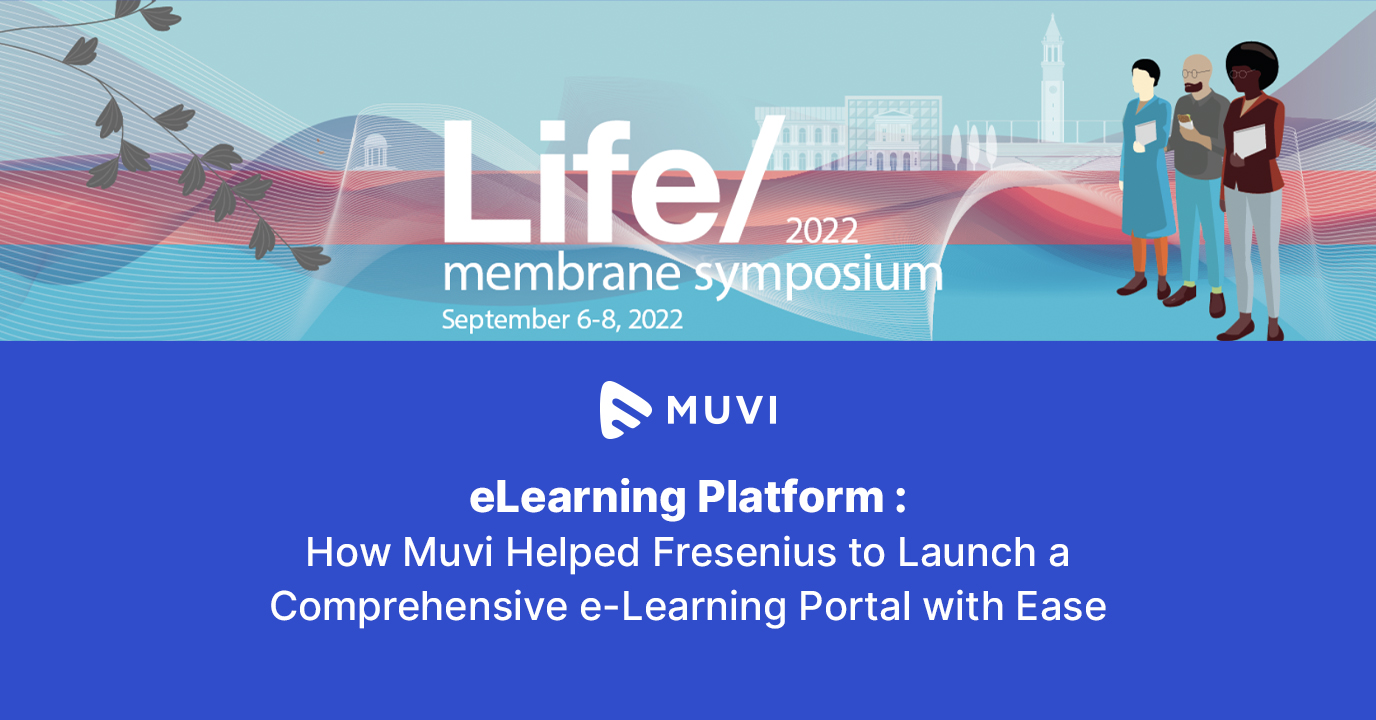Hospitality is an industry that has been there in the world for as long as anyone can remember. By definition, hospitality means travel, tourism, food and services, and lodging, all of which have seen significant growth in the past few decades owing to the new advancements in technology and transportation. Today, a person can book the tickets for a place far away from them within a few minutes and fly there in a day. So, clearly, times have changed. With this comes the need for every organization to stay relevant in order to witness success in terms of revenue. Everyone’s aware of how the tool recommendation engine changed the way the e-commerce industry functions now. Amazon introduced its recommendation engine way back in the early 2000s, and since then, a major part of its revenue has come from it. Today, a lot of OTA and tourism portals also use recommendation engines to give the customers a hassle-free experience.
What is a Recommendation Engine?
A recommendation engine is a tool that analyzes users’ behavior on a website and then, based on their likes and dislikes, past viewed products, and demographics, creates a list of products and services that the user is most likely to buy or watch.
How does a Recommendation Engine Work?
1. Acquiring Data
The first thing a recommendation engine needs is data. Data can be of different types, such as explicit, implicit, and product-related data. The former consist of the information a user voluntarily gives, such as name, location, or comments on any product. The implicit data includes the information that a user does not voluntarily give, but it is out there, such as how long they watched a movie? What led them to watch that movie? All these data are required by the recommendation engine.

2. Clustering Users and Products
Once the data is collected, the next step for the recommendation engine is to classify these recommendations on the basis of commonalities and differences. The recommendation engine creates different clusters for products and different for users. An example of how it creates clusters is – If there are 5 t-shirts, 3 of red color and 2 of black, then it will create three different clusters, namely ‘t-shirts’, ‘red t-shirts’ and ‘black t-shirts’.
3. Choosing an Algorithms
Choosing an algorithm is not basically in the recommendation engine’s hand but on the owner or the ‘IT guy’ who will handle the website. There are multiple algorithms in a recommendation engine such as ‘content based’, ‘collaborative’, and ‘hybrid’. Whatever the chosen algorithm is, the recommendation engine will use that to give recommendations. If you want to know more about the different algorithms that a recommendation engine use, read this whitepaper : A Detailed Guide on AI-based Recommendation System.
What is the Use of Recommendation Engine in the Hospitality Industry?
As the world is becoming smaller because of the advancement of technologies, there is an abundance of information. Sometimes, this information can overwhelming to a lot of people, and they will look for an alternative. The recommendation engine is an alternative here that serves the purpose of both the customer as well as the organization. When recommendations are made based on one’s preferences, they are more likely to choose one of the recommendations leading to a happy customer. And, everybody knows that happy customers not only mean good revenue but it also means a good marketer. So, what are you waiting for? Start exploring how you can integrate a recommendation engine with your platform. Start with Alie – an AI-based recommendation engine that offers multiple algorithms and you can see and manage the recommendations that are being made. Try the 14-day free trial of Alie now.


















Add your comment